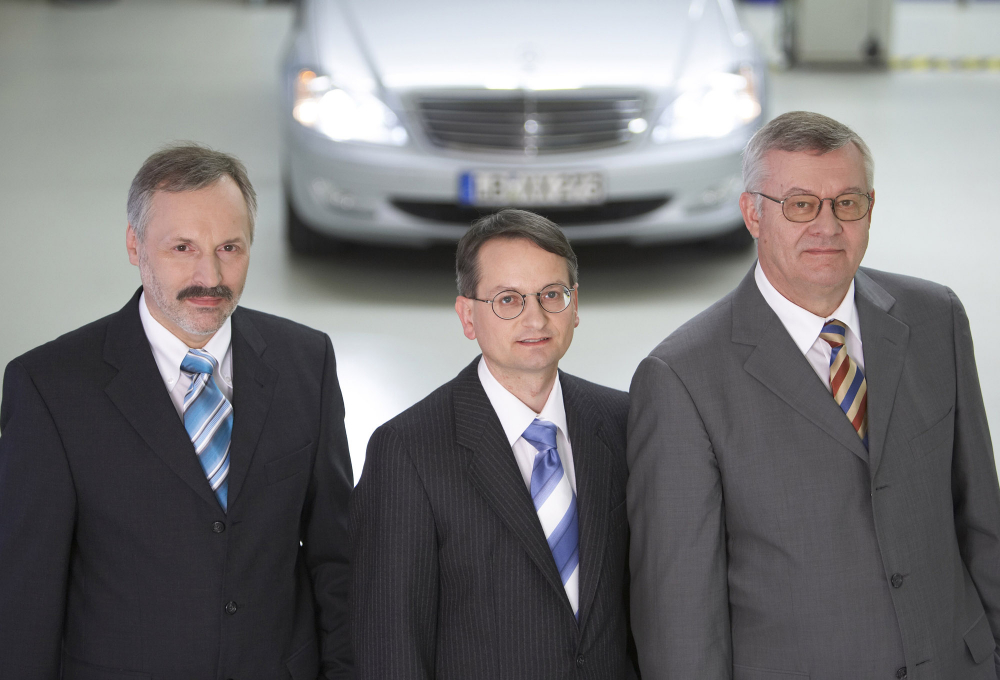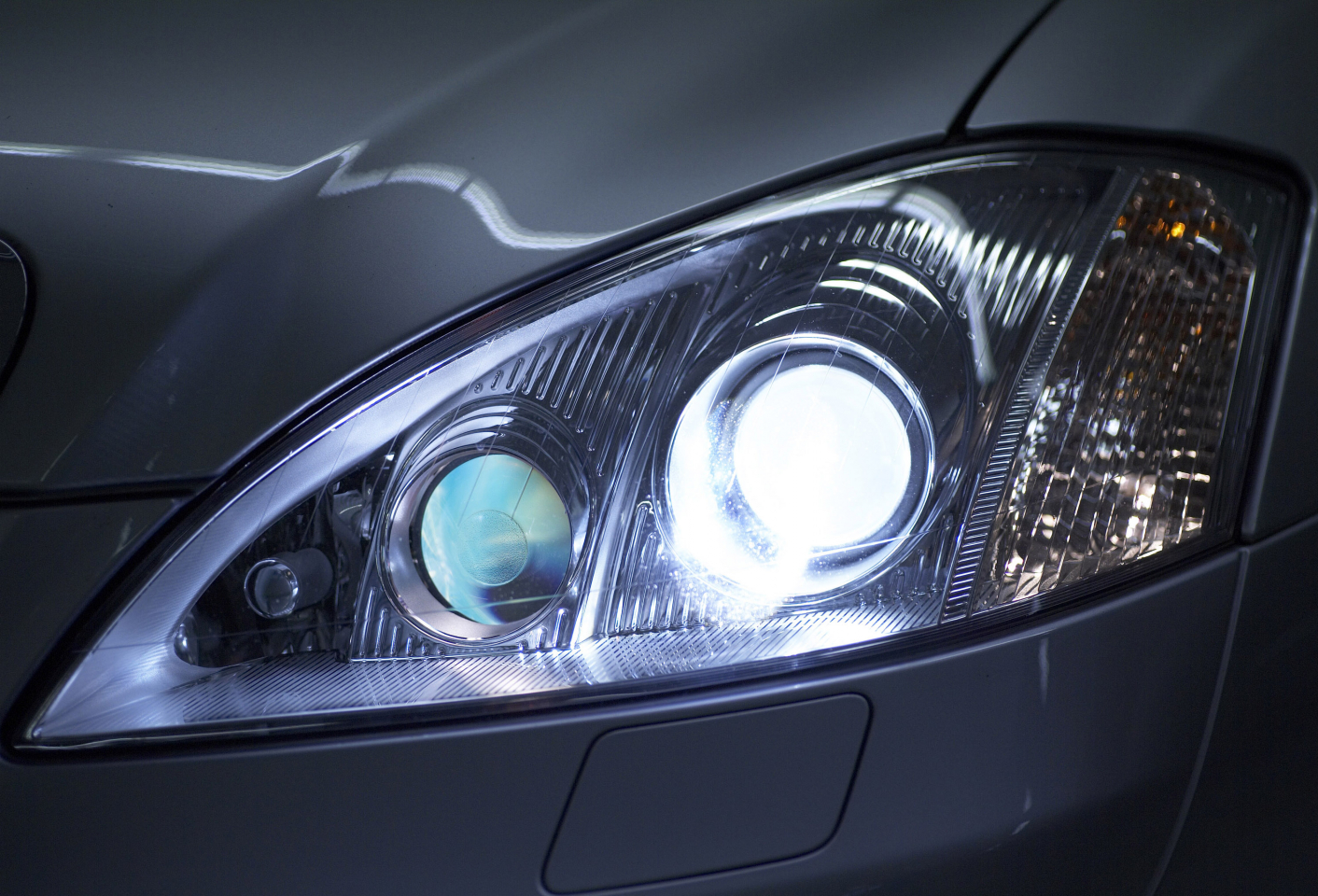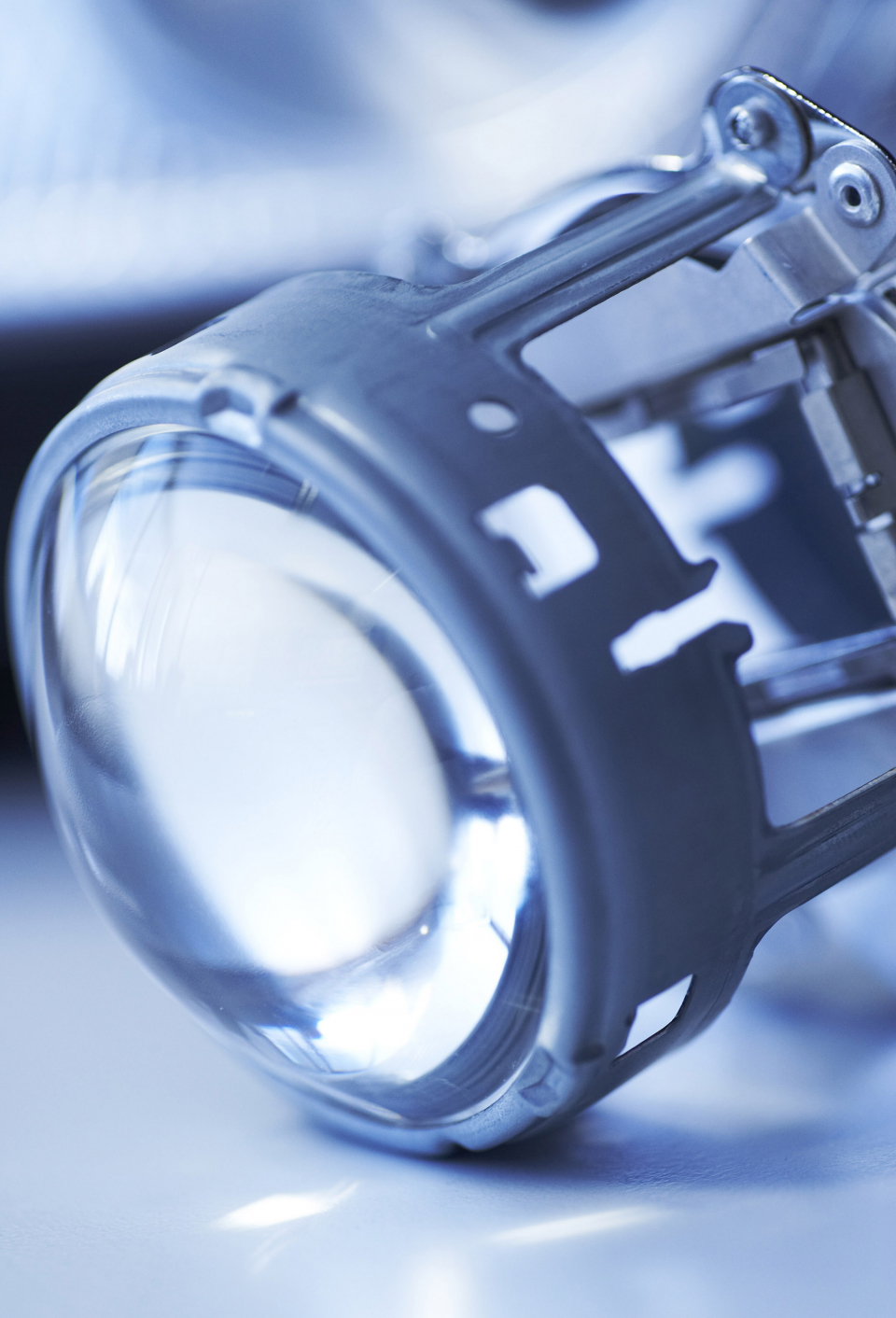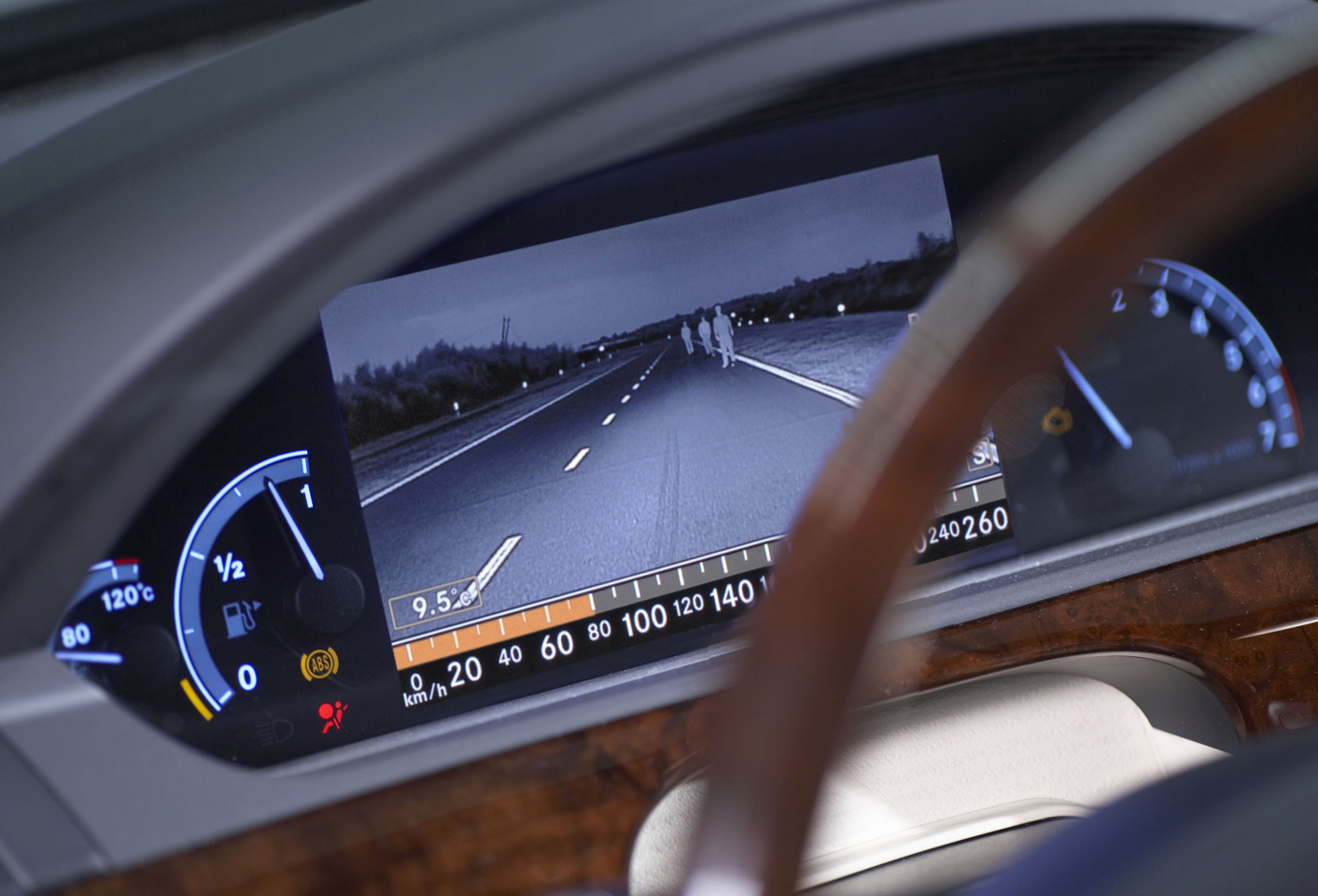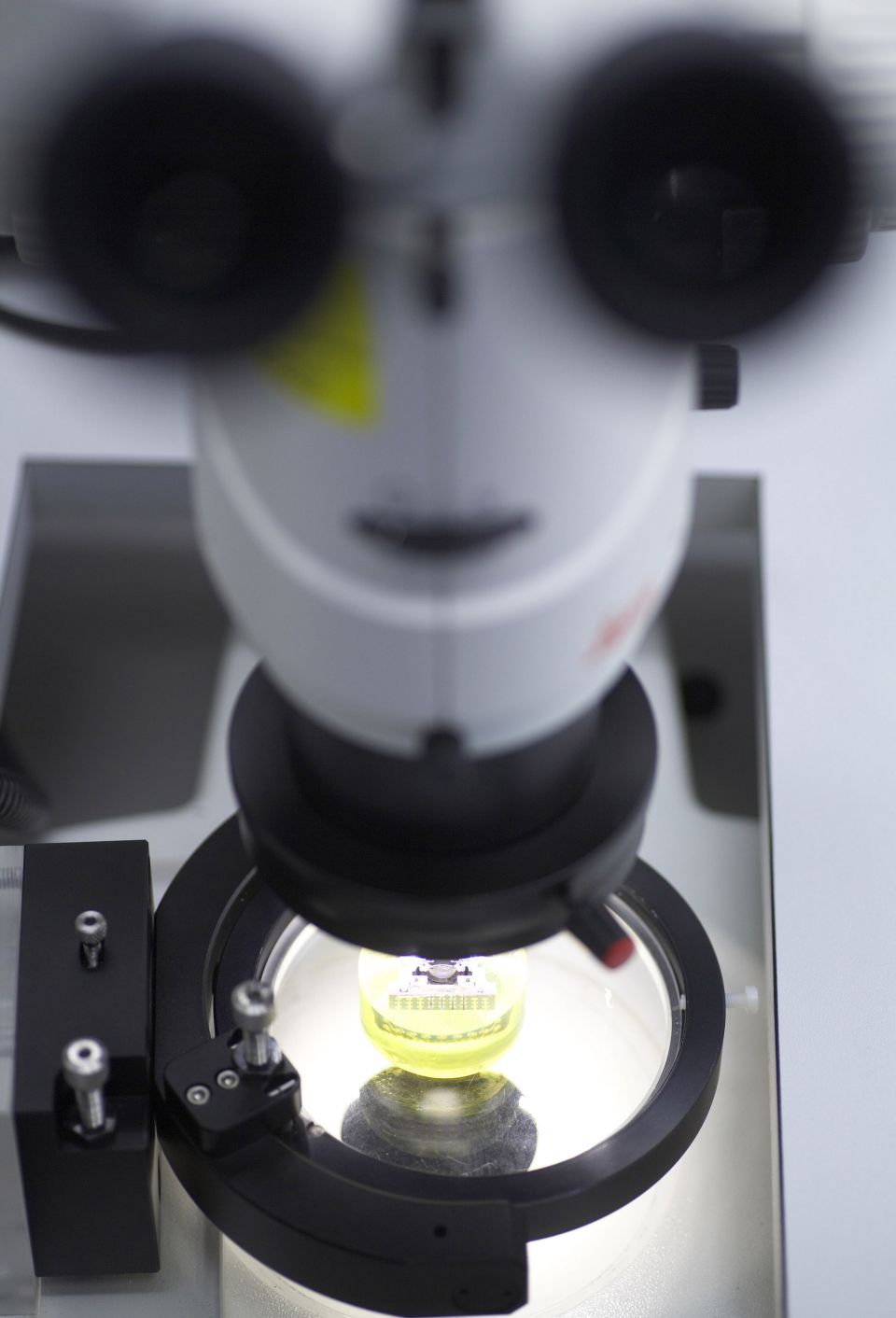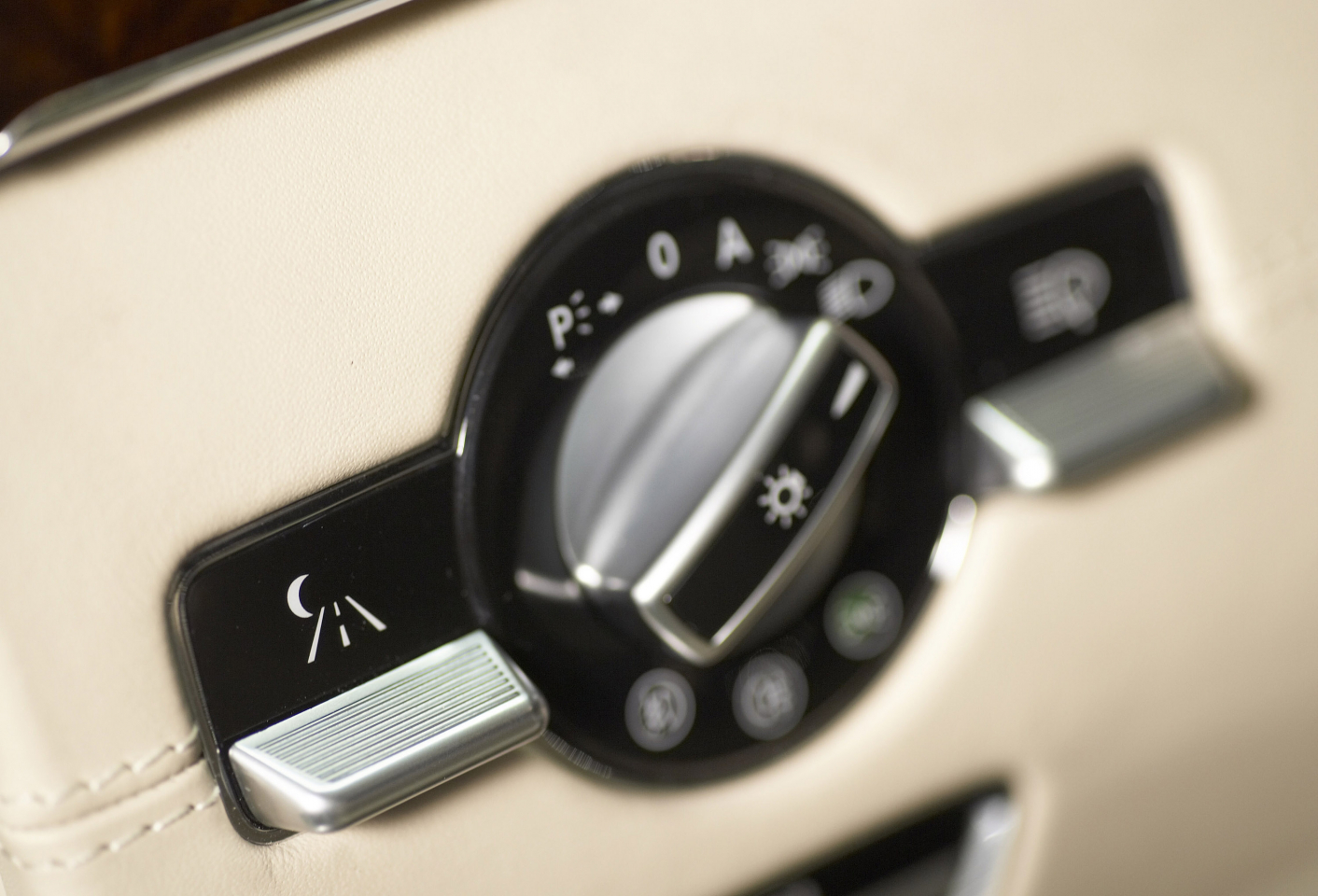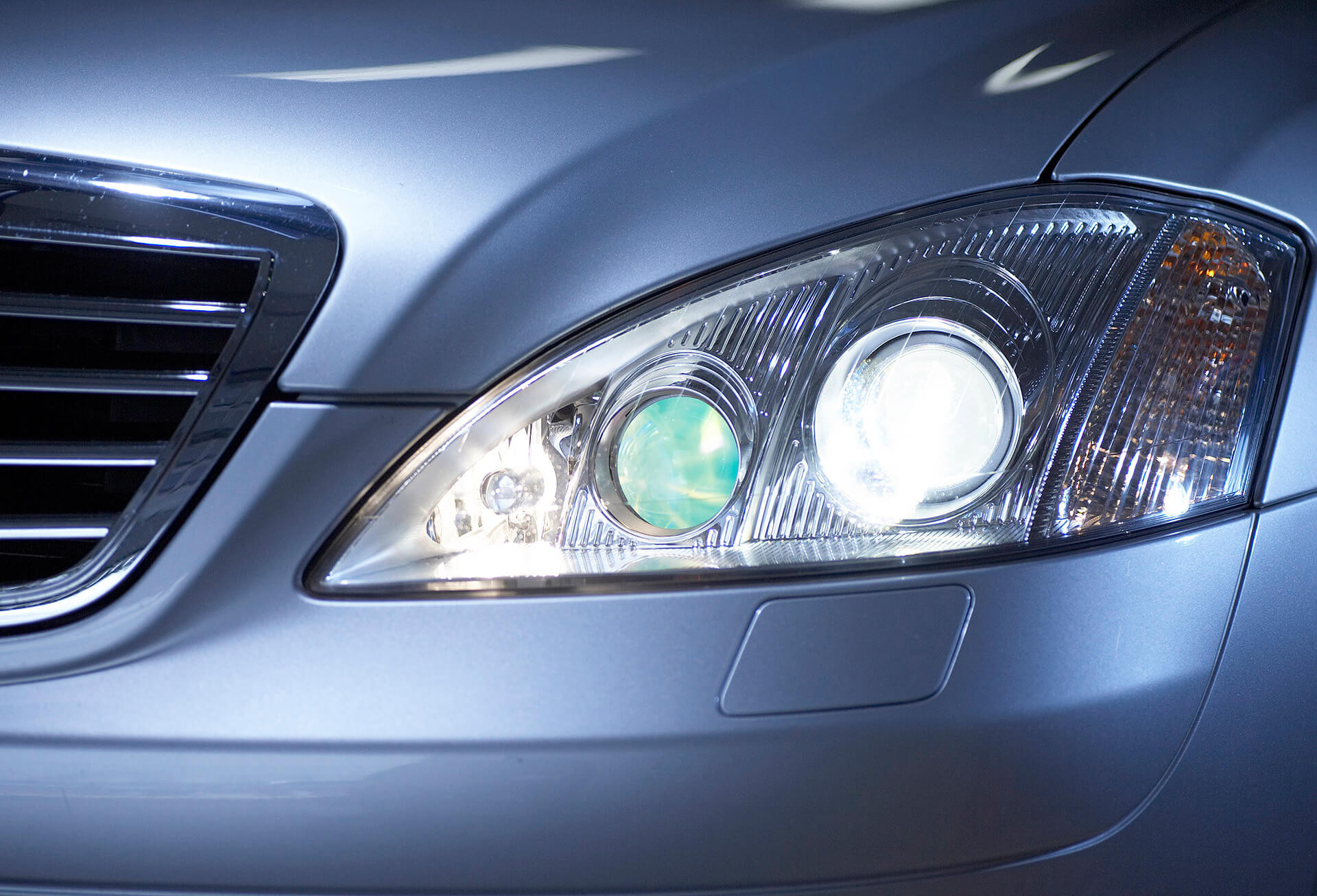
Nominee 2006
Nachtsicht-Assistent
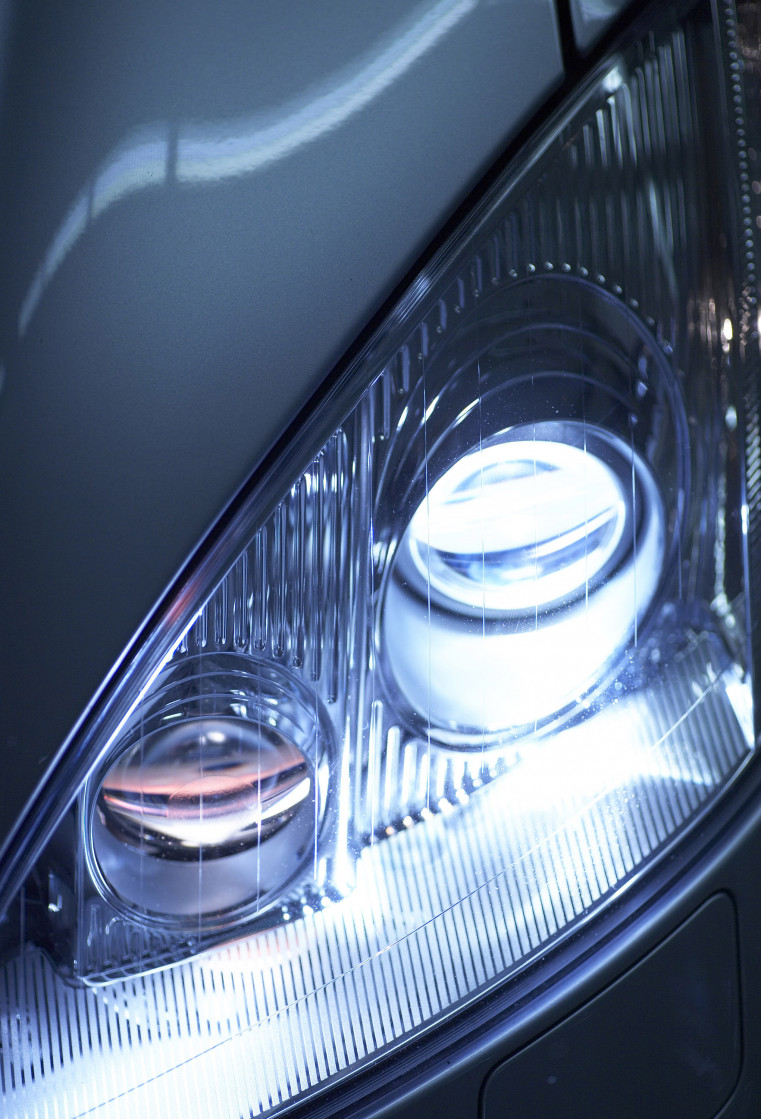
Jürgen Seekircher, Peter M. Knoll and Manfred Meißner have found a way to provide drivers with the visibility they need to drive safely even at night. Jürgen Seekircher is responsible for series development of the Night Vision Assistant at DaimlerChrysler in Sindelfingen, Peter M. Knoll is head of development of new driver assistance systems at Robert Bosch GmbH in Leonberg where Manfred Meißner is project manager for a video system platform.
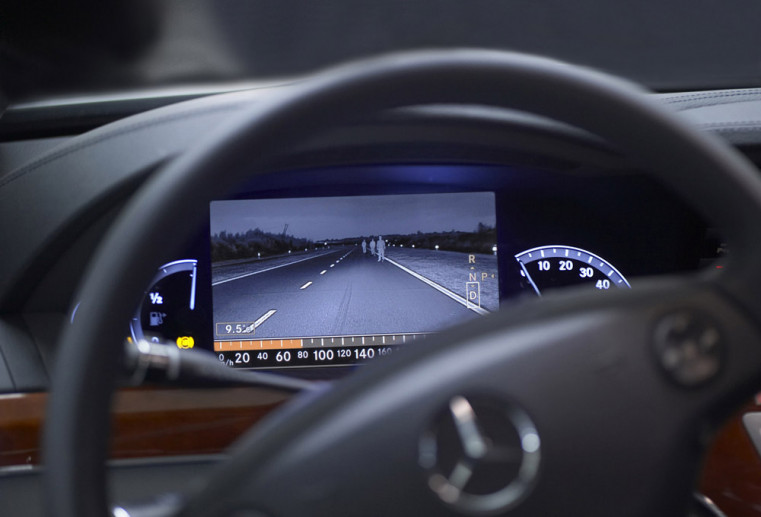
A high-beam headlight that doesn’t blind
Poor visibility often means that drivers misjudge the course of a road or see pedestrians, cyclists, and obstacles on the road too late. High beams can enlarge the field of view, but can rarely be used since it blinds oncoming traffic.
more details
Resumes
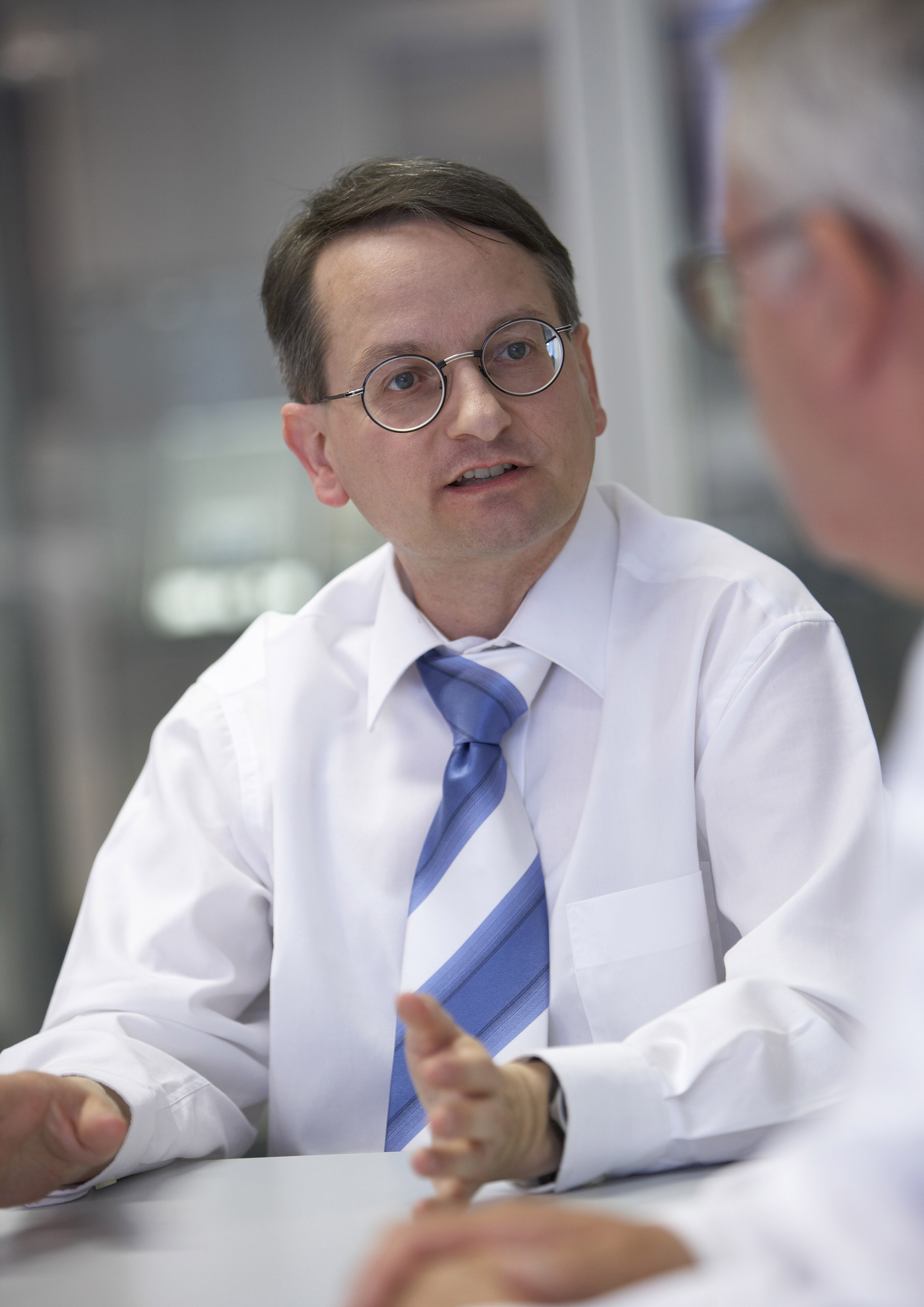
Dr.-Ing. Jürgen Seekircher
- 17.07.1959
- geboren in Malsch b. Karlsruhe
- 1979
- Abitur
- 1979 – 1985
- Studium der Elektrotechnik an der Universität Karlsruhe (TH)
- ab 1985
- Mess- und Regeltechnik-Ingenieur in der Biotechnologie und Chemie, Degussa AG,
Hanau-Wolfgang - 1986 – 1990
- Wissenschaftlicher Mitarbeiter am Institut für Technologie der Elektrotechnik an der Universität Karlsruhe
- 1991
- Promotion an der Universität Karlsruhe
- seit 1991
- Verfahrensentwicklung Motorenprüftechnik, Daimler-Benz AG (DaimlerChrysler AG)
- seit 1995
- Komponentenverantwortung bei der Entwicklung von Active Body Control (ABC) und dem Elektronischen Stabilitätsprogramm (ESP), Mercedes Car Group
- seit 2001
- Verantwortung für Serienentwicklung Kamera Nachtsichtassistent
- seit 2005
- Lehrauftrag an der Berufsakademie Stuttgart
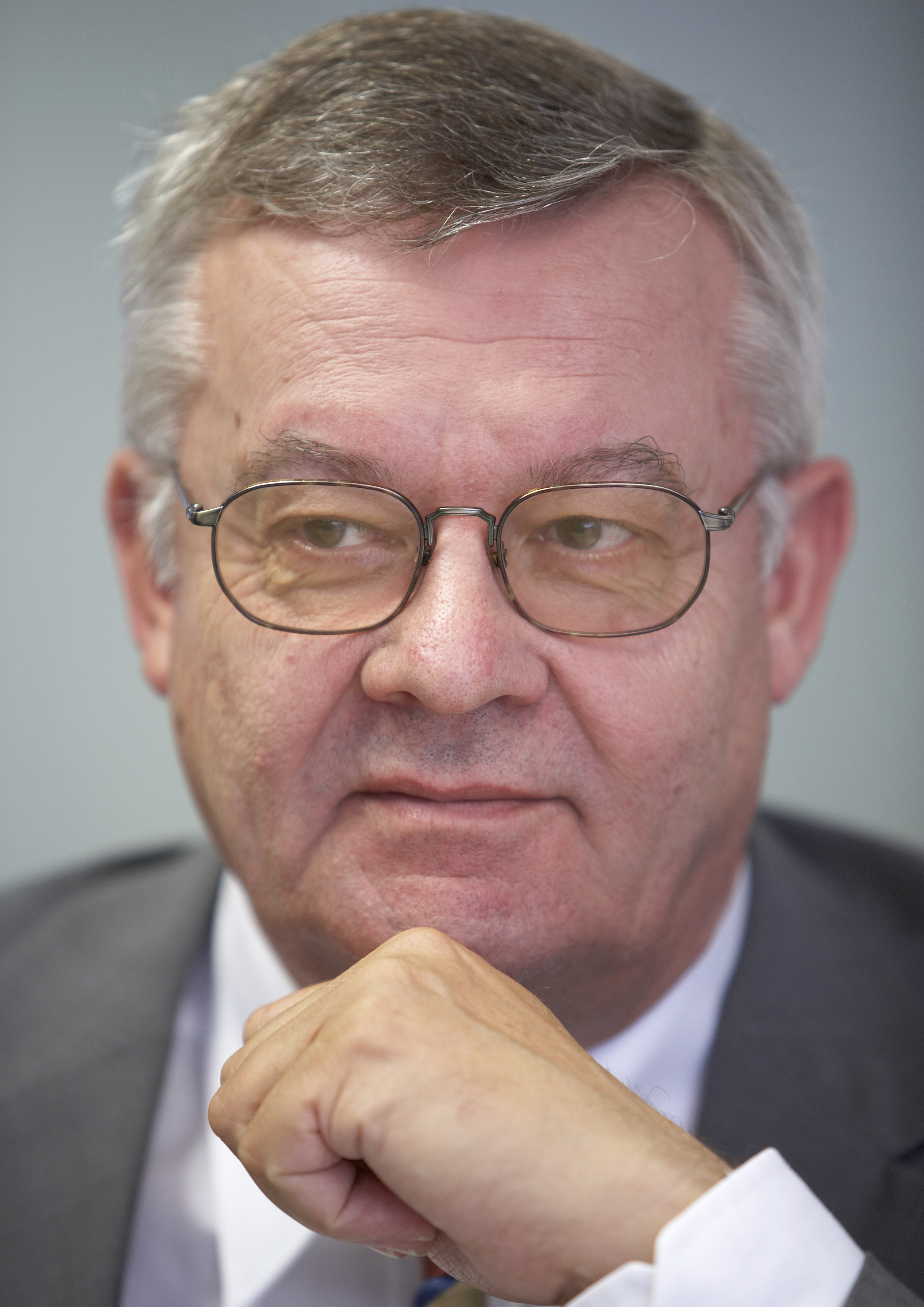
Prof. Dr.-Ing. habil. Peter M. Knoll
- 07.12.1943
- geboren in Leipzig
- 1965 – 1966
- Studium der Elektrotechnik und Physik an der Universität Karlsruhe (TH)
- 1966 – 1971
- Studium der Elektrotechnik an der Universität Karlsruhe (TH)
- 1971 – 1973
- Doktorand am Institut für Theoretische Elektrotechnik und Messtechnik der Universität Karlsruhe (TH)
- 1973 – 1980
- Promotion Wissenschaftlicher Assistent am Institut für Theoretische Elektrotechnik und Messtechnik der Universität Karlsruhe (TH)
- 1980
- Habilitation im Fach Allgemeine Elektrotechnik an der Universität Karlsruhe (TH)
- 1980 – 1987
- Fachreferent, später Gruppenleiter Fahrerinformationssysteme, Kraftfahrzeug-Vorentwicklung, Robert Bosch GmbH, Karlsruhe
- 1987 – 1991
- Abteilungsleiter Anzeigentechnik und Fahrerassistenzsysteme, Geschäftsbereich Mobile Kommunikation, Robert Bosch GmbH, Ettlingen
- 1988
- Außerplanmäßiger Professor, Fakultät für Elektrotechnik, Universität Karlsruhe
- 1991 – 1995
- Entwicklungsleiter Kombiinstrumente und Fahrerassistenzsysteme, MotoMeter GmbH (Bosch-Tochtergesellschaft), Leonberg
- 1995 – 1999
- Geschäftsführer Entwicklung LCD- Flachbildschirme,
ADT GmbH (Angewandte Display-Technologie GmbH, Bosch Tochtergesellschaft), Stuttgart - seit 2000
- Entwicklungsleiter Neue Erzeugnisse, Produktbereich Fahrerassistenzsysteme, Robert Bosch GmbH, Leonberg

Dipl.-Ing. Manfred Meißner
- 07.04.1956
- geboren in Kärlich
- 1977 – 1983
- Studium Luft- und Raumfahrt an der RWTH Aachen
- 1984 – 1985
- Projektingenieur, Systementwicklung, Applikation und Fahrerprobung von Antriebsschlupfregelung ASR/MSR für PKW bei der Robert Bosch GmbH, Stuttgart
- 1986 – 1988
- Fachgruppenleiter, Systementwicklung, Applikation und Fahrerprobung von Antriebsschlupfregelung ASR/MSR für PKW bei der Robert Bosch GmbH, Stuttgart
- 1988 – 1990
- Projektleiter von 2-Kanal-Antiblockiersystem ABS für PKW bei der Robert Bosch GmbH, Stuttgart
- 1990 – 1997
- Gruppenleiter von Softwareentwicklung für PKW-Automatikgetriebe bei der Robert Bosch GmbH, Stuttgart
- 1997 – 2003
- Gruppenleiter und Projektleiter für Elektronikhardware, Software und Sensorik, Anwendung im Getriebeöl in erstem 6-Gang-Automatikgetriebe für PKW, Entwicklung Shift by wire bei der Robert Bosch GmbH, Stuttgart
- 2003 – 2006
- Projektleiter von Video System Nachtsichtassistent bei der Robert Bosch GmbH, Stuttgart
- 2006
- Projektleiter der Plattform für Videosysteme bei der Robert Bosch GmbH, Stuttgart
Contact
Spokesperson
Dr.-Ing. Jürgen Seekircher
Entwicklung
Serienentwicklung Kamera Nacht-Assistent
DaimlerChrysler AG
HPC X 914
71059 Sindelfingen
Tel.: +49 (0) 7031 / 90 77 729
Fax: +49 (0) 7031 / 90 49 408
E-Mail: juergen.seekircher@daimlerchrysler.com
Web: www.daimlerchrysler.com
Press
Matthias Brock
DaimlerChrysler AG
COM/MC
GHPC 1121
70546 Stuttgart
Tel.: +49 (0) 711 / 17 91 404
Fax: +49 (0) 711 / 17 94 365
E-Mail: matthias.brock@daimlerchrysler.com
Web: www.daimlerchrysler.com
Thomas Knoll Media and Public Relations Kraftfahrzeugtechnik
Robert Bosch GmbH
Wernerstr. 51
70469 Stuttgart
Tel.: +49 (0) 711 / 81 17 088
Fax: +49 (0) 711 / 81 17 656
E-Mail: thomas.knoll@bosch.com
Web: www.bosch.com
A description provided by the institutes and companies regarding their nominated projects
Cooperative development work for better road safety
The risk of serious accident in road traffic is considerably higher at twilight and in the dark than during the day. Although the average traffic volume at night is only around 15 to 20 percent of daytime levels, more than every third fatal traffic accident occurs at twilight or after dark. In Europe, about 15,000 people perish every year, 1,500 of them in Germany alone.
With the help of the Night Vision Assistant based on infrared technology, this risk can be noticeably reduced. In view of its great relevance for society, the joint development of DaimlerChrysler and Bosch has been nominated for the German Future Prize. Team members Dr. Jürgen Seekircher of DaimlerChrysler AG and Prof. Peter Knoll and Manfred Meißner of Robert Bosch GmbH were nominated on behalf of the 190 member development team. Their nomination is also exemplary of a cooperative venture between an automobile manufacturer and a supplier and thus for the power of innovation at work in Germany.
More safety at night
In collisions after dark, the reason stated as the cause of accident is frequently “loss of control of the vehicle” because the direction of the road is often misjudged at night. 54% of all accidents occurring at night are a result of the vehicle’s veering off the road, more than one fourth of these incidents resulting in a collision with oncoming traffic. The percentage of fatal accidents involving pedestrians is especially high at twilight and after dark.
Given the volume of traffic today, driving with high beams is only possible on very rare occasions. Visibility with low beams is generally limited to 50 to 70 meters. In oncoming traffic, the driver may be unable to see the road and possible obstacles next to and behind the dazzling vehicle. In these instances, systems designed to improve visibility at night can help.
High image quality thanks to active infrared technology
Project partners DaimlerChrysler and Bosch have devoted many years of work to making driving in the dark safer. Their new developments in the area of headlights have already made important contributions to safer driving in the past.
In consistent continuation of this work, they have implemented an imaging system designed to improve visibility at night that is unique with its excellent accident prevention potential. It offers the driver optimum utility, its image information is quickly grasped, easy to interpret, and easy to read thanks to the convenient ergonomic positioning of the display.
The first decision to be made on the road to achieving this goal was which physical principle was best suited to the system: an active process whereby the roadway is illuminated by infrared light or a passive process wherein the heat radiated by objects is recorded. In this process, the presence of an object is only indicated when it has a different temperature than its surroundings. This is entirely dependent on the time of day and year and is much more difficult in summer than in winter, for example. People wearing winter clothing with excellent insulating properties, for example, are not able to be clearly identified. Important orientation features, such as guardrails, road signs, road markings, and traffic lights are just as hard to see with thermal images as advance warning triangles, turning signals, or brake lights. Moreover, on the basis of the image information, it is frequently difficult to assess whether the object in question is on or next to the roadway.
After reviewing all facts, the decision was made for an active system since it provides much better image information in terms of quality. Moreover, it was a strategic goal to realize the night vision system as the first sophisticated element of an upgradeable platform concept to which additional video-based functions could later be added. From this then came the call for a control device with extremely variable computing power and for a universal camera capable of being used both day and night.
Improved visibility
In the night vision assistant, two infrared high beams illuminate the roadway. The camera sensitive to the infrared spectral range is mounted on the inside of the front windshield and records the illuminated road situation. The area in front of the vehicle so recorded is depicted on a large graphic display as a high-contrast black-and-white image. Through the arrangement of the display in the instrument panel/dashboard, the advantage of the night vision assistant compared to that of head-up displays is not lost even due to dazzling by oncoming traffic. The combination of night vision image and speedometer prevents additional, unnecessary averting of the eyes. Due to the excellent image quality, a quick glance suffices to register the traffic situation much like the necessary process of reading the speedometer. The night vision assistant does not dazzle oncoming traffic since the infrared beam is invisible to the human eye.
In the dark, the new night vision assistant development gives drivers the visibility they would have when driving with high beams. The route is easier to see, pedestrians, cyclists, and obstacles on the roadway are detected sooner. Test persons saw test dummies wearing light-coloured clothing at the edge of the road on average already from a distance of over 200 meters and thus around 40 meters earlier than with Bi-Xenon low beams. Pedestrians wearing dark clothing are detected much earlier, namely from a distance of 160 meters compared to only 70 meters with Bi-Xenon low beams. This is a safety plus of 125 percent.
With the introduction of the night vision assistant option for the Mercedes-Benz S Class model, an active night vision system became available for the first time in Europe for a vehicle in large-batch production. The following special features bear mentioning:
- The completely new camera developed has excellent quality with a considerably higher resolution than thermal imaging cameras and is less sensitive to interference from opposing traffic than conventional CCD cameras. Electronic image editing with new, fast algorithms improves image quality in favour of rapid object identification.
- Another important aspect is the future multiple use of the system. Through careful attention to the optical system, all video-based driver assistance functions (daytime and night functions) can be realized with a single camera platform.
- The recognition performance is high since the displayed image faithfully reproduces the respective street scene as a black-and-white image and is thereby reproducible at all times. This is a definite advantage over the unusual images produced by thermal imaging cameras which are in part difficult to interpret.
The new system from DaimlerChrysler and Bosch has been readily accepted by the market since its introduction in fall 2005. The system is convincing with its excellent range of visibility and brilliant image reproduction, in which people and obstacles are easily identified. It makes orientation on the road easier and thereby considerably reduces not only the risk of collisions, but also the danger of unintentional veering from the lane. The night vision assistant thus makes a valuable contribution to increasing traffic safety.
The right to nominate outstanding achievements for the German Future Prize is incumbent on leading German institutions in science and industry as well as foundations.
The project The Night Vision Assistant – Infrared Technology for Safer Driving after Dark was nominated by German Patent Office.
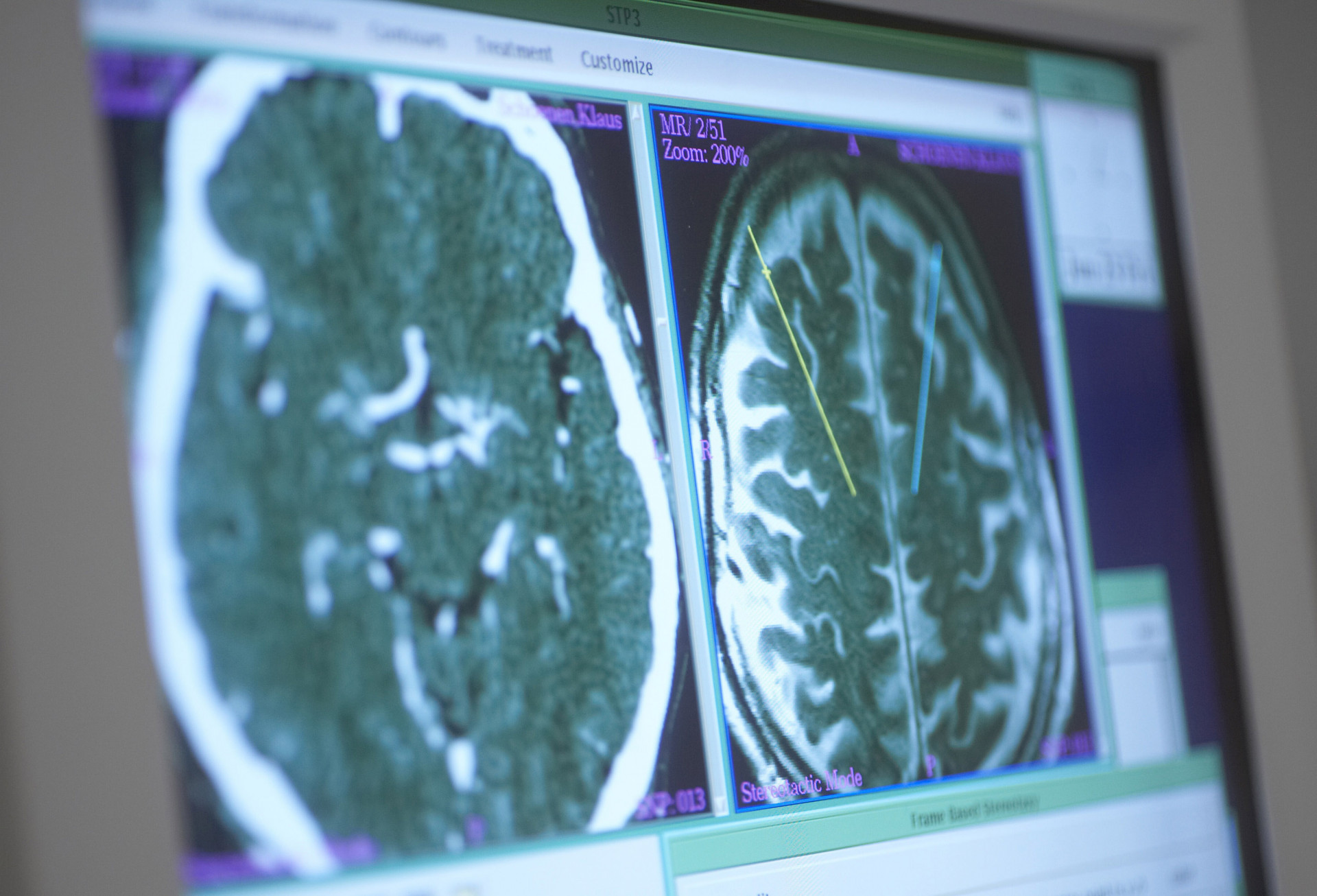

 Gebärdensprache
Gebärdensprache
 Leichte Sprache
Leichte Sprache


